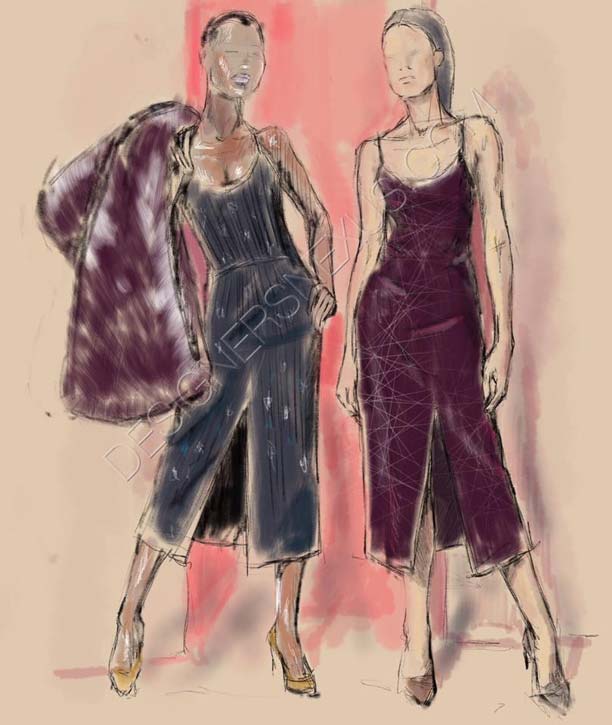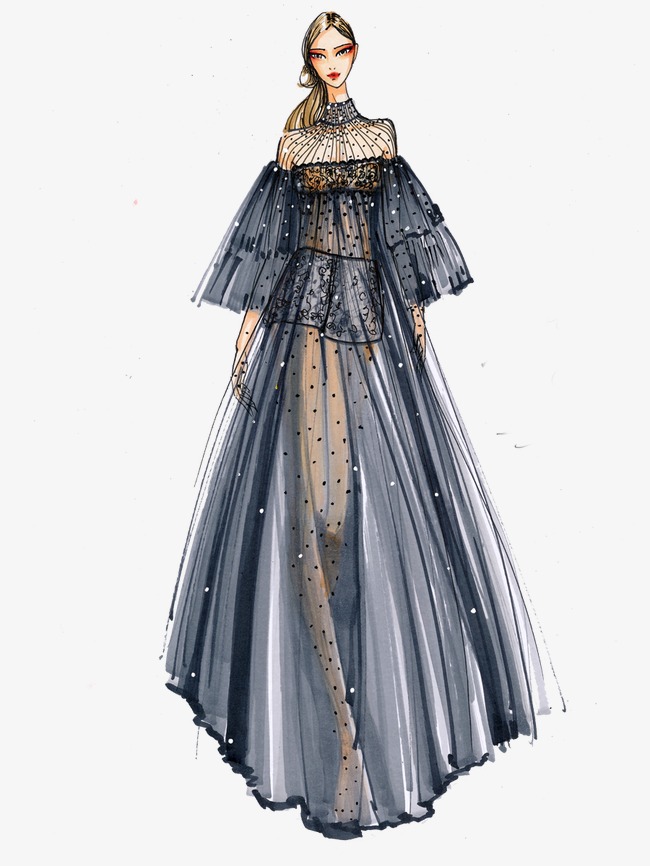PROFESSIONAL FASHION DESIGN SKETCHES - JEANS FASHION 2011 MEN - LATEST AUTUMN FASHION 2011
Professional Fashion Design Sketches
fashion design - Fashion design is the art of the application of design and [[aesthetics]or natural beauty] to clothing and accessories. Fashion design is influenced by cultural and social attitudes, and has varied over time and place.
- (Fashion Designing) Is a profession for all those people who like to take the above defined seriously.Requires drive and unrelenting passion to understand the nuances of science,art and mathematics put together to make and stylize clothes.
- The art dedicated to the creation of wearing apparel and lifestyle
professional - (of a person) Engaged in a specified activity as one's main paid occupation rather than as a pastime
- Having or showing the skill appropriate to a professional person; competent or skillful
- engaged in a profession or engaging in as a profession or means of livelihood; 'the professional man or woman possesses distinctive qualifications'; 'began her professional career after the Olympics'; 'professional theater'; 'professional football'; 'a professional cook'; 'professional actors
- a person engaged in one of the learned professions
sketches - (sketch) preliminary drawing for later elaboration; 'he made several studies before starting to paint'
- A rough or unfinished drawing or painting, often made to assist in making a more finished picture
- A brief written or spoken account or description of someone or something, giving only basic details
- A rough or unfinished version of any creative work
My finest hour that I've ever known
Alexander Calder (July 22, 1898 – November 11, 1976), also known as Sandy Calder, was an American sculptor and artist most famous for inventing the mobile. In addition to mobile and stabile sculpture, Alexander Calder also created paintings, lithographs, toys and tapestry and designed carpets. Born in Lawnton, Pennsylvania, on July 22, 1898, Calder came from a family of artists. His father, Alexander Stirling Calder, was a well-known sculptor who created many public installations, a majority of them located in Philadelphia. Calder’s grandfather, sculptor Alexander Milne Calder, was born in Scotland and immigrated to Philadelphia in 1868. Calder’s mother, Nanette Lederer Calder, was a professional portrait painter who studied at the Académie Julian and the Sorbonne in Paris from around 1888 until 1893. She then moved to Philadelphia where she met Alexander Stirling Calder while studying at the Pennsylvania Academy of the Fine Arts. Calder’s parents were married on February 22, 1895. His older sister, Margaret “Peggy” Calder, was born in 1896. Her married name was Margaret Calder Hayes, and she was instrumental in the development of the UC Berkeley Art Museum. In 1902, at the age of four, Calder posed nude for his father’s sculpture The Man Cub that is now located in the Metropolitan Museum of Art in New York. In that same year, he completed his earliest sculpture, a clay elephant. Three years later, when Calder was seven and his sister was nine, Stirling Calder contracted tuberculosis and Calder’s parents moved to a ranch in Oracle, Arizona, leaving the children in the care of family friends for a year. The children were reunited with their parents in late March, 1906 and stayed at the ranch in Arizona until fall of the same year. After Arizona, the Calder family moved to Pasadena, California. The windowed cellar of the family home became Calder’s first studio and he received his first set of tools. He used scraps of copper wire that he found in the streets to make jewelry and beads for his sister’s dolls. On January 1, 1907, Calder’s mother took him to the Tournament of Roses and he observed a four-horse-chariot race. This style of event later became the finale of Calder’s wire circus shows. In 1909, when Calder was in the fourth grade, he sculpted a dog and a duck out of sheet brass as Christmas gifts for his parents. The sculptures were three dimensional and the duck was kinetic because it rocked when gently tapped. These sculptures are frequently cited as early examples of Calder’s skill. In 1910, Stirling Calder’s rehabilitation was complete and the Calder family moved back to Philadelphia, where he briefly attended the Germantown Academy, and then to Croton-on-Hudson in New York. In Croton, during his early high school years, Calder was befriended by the painter Everett Shinn with whom he built a gravity powered system of mechanical trains. As Calder described: We ran the train on wooden rails held by spikes; a chunk of iron racing down the incline speeded the cars. We even lit up some cars with candle lights. After Croton, the Calders moved to Spuyten Duyvil to be closer to the Tenth Street Studio Building in New York, where Stirling Calder rented a studio. While living in Spuyten Duyvil, Calder attended Yonkers High. In 1912, Stirling Calder was appointed acting chief of the Department of Sculpture of the Panama Pacific International Exposition in San Francisco. He began work on sculptures for the exposition that was held in 1915. During Alexander Calder’s high school years between 1912 and 1915, the Calder family moved back and forth between New York and California. In each new location Calder’s parents reserved cellar space as a studio for their son. Toward the end of this period, Calder stayed with friends in California while his parents moved back to New York so that he could graduate from Lowell High School in San Francisco. Calder graduated in the class of 1915. Early years Although Calder’s parents encouraged his creativity as a child, they discouraged their children from becoming artists, knowing that it was an uncertain and financially difficult career. In 1915, Calder decided to study mechanical engineering after learning about the discipline from a classmate at Lowell High School named Hyde Lewis. Stirling Calder arranged for his son's enrollment at the Stevens Institute of Technology in Hoboken, New Jersey. During his freshman year, Calder stayed in Castle Stevens, a 40-room Victorian mansion that was originally a summer home of the Stevens family. In 1959, Castle Stevens was demolished and replaced in 1962 by the 14-story Wesley J. Howe Administration Building. It was a beautiful room in a square tower, really a wonderful room, with windows looking up and down the river and across—it was all windows. Calder joined the football team during his freshman year at Stevens and practiced with the team all four years, but he never played in a game. He also played lacrosse, at whic
THE NEXT GENERATION OF NINETEEN74
Imagine the scene: it’s the year 2222, centuries into the future. Vogue doesn’t exist, neither does Armani, London is war-torn as an army of fashion creatives move forward to make a new mark on the world. “The Next Generation” if you will, the breed of unknown talent set for the future, the ones to watch for in years to come. Such was the concept behind London ’s Calling, a project set up by professional networking site Nineteen74.com’s founder Raoul Keil in collaboration with creative agency Factory 311’s Nicholas Hardy. Designed to bring together some of the hottest young talent around, the result was a team made up of Nineteen74.com ever-growing membership base not only from London, but across the globe; among them a French photographer, a German model, an Israeli designer, and of course a South African-based magazine. Evidence, if ever it was needed, of the internet’s reach. In total some 40 people were involved one way or another in the making of this single dynamic image. “The aim was to have an all-encompassing troop, we considered everybody necessary to make this work, from the hairstylist through to the journalist,” says Keil. The shoot itself took place at Spring Studios in London , with photographer Fabrice Lachant, stylist Semra Haksever and make-up artist Steven Canavan at the creative helm. From models poised to look as if they were moving, to the masterpiece sketches inspired by old war images and “a kind of fantasy land”, it was the innovative genius of 311's creative director Pierre Doucin and the beauty of computer generation that brought the whole thing together. Say hello to Nineteen74.com’s fashion soldiers of the future; it’s a revolution in the making.
Similar posts:
paris fashion week history
italian spring fashion
kids fashion sandals
different types of fashion photography
best men fashion blogs
new fashion designing games
fashion tv on beach



